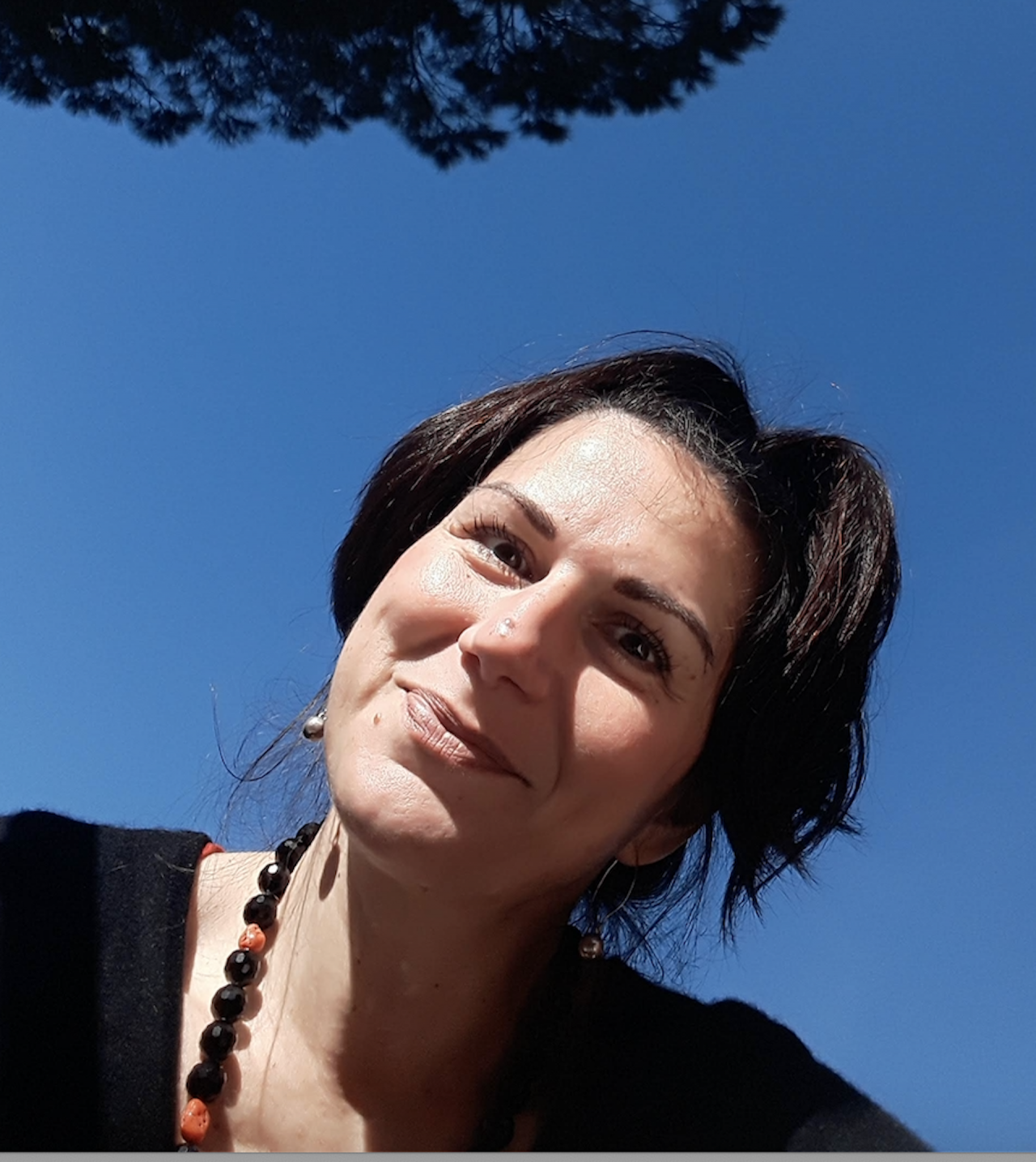Since 2014, she has been a researcher at the INAF - Osservatorio Astronomico di Rome. He got her PhD in 2006 at the University of "Roma Tor Vergata". From 2008 to 2010, she was Post Doc at the University of Groningen (Kapteyn Institute) and at the INAF- Osservatorio di Astrofisica e Scienza dallo Spazio di Bologna from 2011 to 2019.
Her main research fields are resolved stellar populations, variable stars, stellar pulsation, galaxy evolution and formation, distance scale, adaptive optics instrumentation. She is currently editor in chief of the Italian Astronomical Society Journal, a peer-review Journal for conference proceedings and monographs.
In particular, she has worked on:
—The Extragalactic Distance scale. The use of variable stars is crucial to establish on solid ground the first step of the Cosmic distance scale. In order to minimise the uncertainty on the Hubble constant H0, popular distance indicators such as Classical cepheids (CCs) and RR Lyrae stars (RRLs) are recovering a key-role in the current Gaia era. Her knowledge concerning these distance indicators has deep roots, in fact she has been studying pulsating stars from both theoretical modelling and observation point of view. The opportunity of extended photometric survey (Gaia, Rubin/LSST) is opening the path for a golden age of variable stars. Together with her collaborators, she is developing a photometric diagnostic to estimate accurate distances that have better uncertainties when moving from optical to near infrared bands.
—Galaxy formation. A detailed and deep (below the main sequence turn off) study of resolved stellar populations can allow us to reconstruct the star formation history of the host galaxy. This is possible within our Local Group. We can use variable stars as solid stellar tracers of the stars they come from, this means the opportunity to investigate the star formation history of a galaxy by detecting the luminous counterpart of both young (CCs, age < 100Myr) and old stars (RRLs, population II Cepheids, age > 10 Gyr). Together with her collaborators, she has analysed nearby stellar systems, including some M31 satellites. These studies serve as calibrators to push stellar population studies well beyond the Local group using coming full sky surveys (Rubin/LSST).
—Preparing the future. In the last ten years, she has been deeply involved in science teams and in project management of Adaptive Optics (AO) infrared imagers, e.g. NIRVANA, MAORY, SHARP for ELT. Furthermore, she has participated and led a number of photometric studies of resolved stellar populations to fully exploit the next generation of AO instrumentations.
Today, thanks to her skills on resolving stellar population analysis she is deeply involved in an Italian in-kind for Rubin/LSST commissioning that will use the image quality traced by stars to provide a sanity check to the Rubin Active Optics system.

